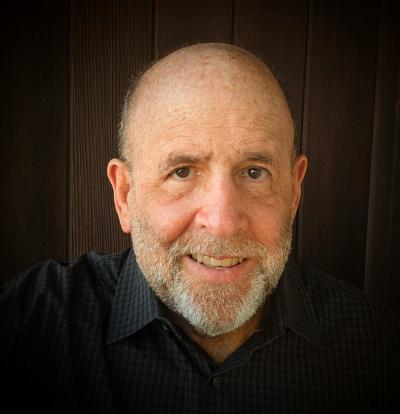
By Andrew Malekoff
Superstorm Sandy landed in my hometown of Long Beach in the waning days of October 2012.
The evening before we evacuated Long Beach, my wife and I attended a performance of “The Book of Mormon” on Broadway. We had been holding tickets for almost a year. It was a beautiful evening in New York City – the proverbial calm before the storm.
A week earlier, with news of the coming hurricane, I booked a room at the Red Roof Inn in Westbury for the projected dates of landfall. I’ve never been one of those “I’ll ride it out” kind of guys.
I take all hurricane warnings seriously, regardless of the ultimate outcome.
Hurricane Iris came to town one year before Sandy, in August 2011. I booked a room at the same hotel. Before that, the last big one was Hurricane Gloria in September 1985. We left town to stay with family out of state.
Neither Gloria nor Iris did any major damage to Long Beach. As you know, Sandy was a different story altogether, even though the meteorologists exchanged the “hurricane” title for “superstorm.”
Regardless of what you call it, Sandy was devastating.
The first chance I had to drive home from the hotel was an eerie evening trip. The Loop Parkway, off the Meadowbrook Parkway south, was closed so I had to travel west on Sunrise Highway to a barren Long Beach Road, where I proceeded south through Oceanside.
There were no working traffic or street lights. I crawled south on Long Beach Road for six miles in total darkness, except for my car’s headlights which were of little help.
Several boats had washed up in Island Park. It was only a matter of time until I became completely disoriented. I couldn’t make out any landmarks. It felt like I was on the moon.
My next trip was in daylight, which allowed me to see the full extent of the widespread damage. Everyone, with rare exception, was affected.
The National Guard was already patrolling the streets and handing out rations to families from a truck a few blocks from our home, outside of the local elementary school.
We live in a high ranch in a section of northeast Long Beach known as “the canals,” closer to the bay than the ocean. The first floor of our house took almost three feet of water.
Neighbors who were foolhardy enough to “ride it out” said that five or six feet of water surged down our street. One family spoke to the terror they experienced when a car caught fire and spit out flames that ultimately took down several houses on the block just behind us.
We lost almost everything on the first floor of our house. Fortunately, our living space (kitchen, bedrooms, living room) was on the second floor. In a matter of days our destroyed belongings were piled high on the curb in front of our house.
What news reporters referred to as debris, were our memories; photographs, paintings, albums and much more.
It wasn’t until about eight weeks later that we were able to move home, as it took all that time to find someone to set us up with plumbing, heating and electricity. Contractors were few and far between, overloaded with work needed by thousands of beleaguered residents.
Although there were volunteers willing to help anyone who needed it, we learned that some older residents remained in their houses for months, without removing the saturated sheetrock that had turned to mold.
I had reserved a hotel room for just a few days, unaware of the full extent of the damage and the long-term recovery that confronted us. When I tried to extend my stay, the hotel was already booked. We ended up sleeping on the floor of my office on the North Shore until we were able to get back into the hotel, a few days later.
I remember my legs swelling up. I couldn’t figure out what that was all about until I was advised that eating out at restaurants and diners every day meant a greater salt intake. Thus, the swelling.
When we did move back home, it took many months before we were whole again. There were lots of meetings with flood insurance assessors and government officials assigned to help families with financial needs. It was chaos. There were changing personnel, epic delays and promises made and not kept – bureaucracy at its finest.
I watched Superbowl XLVII on Feb. 3, 2013, in what was once our den, with a good friend who lived down the block and was still displaced.
The den was empty, except for the TV which was set high enough on a cart to withstand the surge of water. The linoleum flooring was by then pulled up and sheetrock ripped out to prevent mold.
The furniture was long gone. We sat on lawn chairs with an upside-down crate between us, a makeshift cocktail table for beer, sandwiches and snacks.
The Baltimore Ravens beat the San Francisco 49ers 34-31 in a game that was marred by a 30-minute power outage in the Superdome in New Orleans, La.. Could it have been a cosmic whisper on behalf of Hurricane Katrina?
Sandy was not another Katrina. However, it killed more than 45 people and caused an estimated $19 billion in damage in New York alone.
I’ve shuddered, every hurricane season since when the parade of nicknames travel north.






